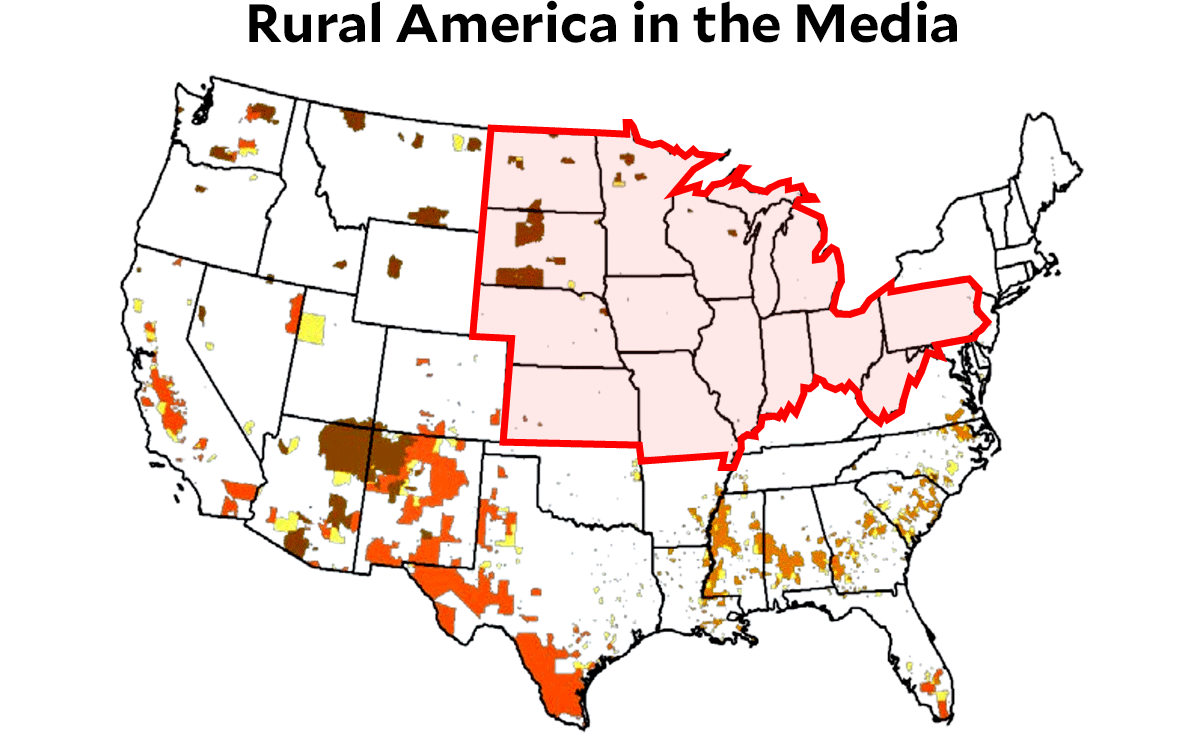Over at Vox, Sean Illing writes about how we think of rural America:
The media often conflates rurality and whiteness in this country. But this is a false — and misleading — narrative.
Roughly one-fifth of rural residents in this country are people of color, and their interests and political views are as diverse as they are. When coverage of rural areas dismisses or otherwise ignores this fact, actual political consequences follow: The specific concerns of certain communities simply fall out of view.
Illing talks about this with Mara Casey Tieken, a professor at Bates College, who says this:
I think policymakers that represent white communities have disproportionately more power than policymakers representing rural communities of color….I think the problem also becomes self-perpetuating because what gets covered is rural white America, so that shapes how people think about rural America, and those are the stories that get told over and over again.
I want to offer up a guess about one reason why “rural” is so associated with whiteness. Here it is:

When the media reports on rural America, the stories are usually about Ohio or Missouri or Indiana or Pennsylvania or Nebraska. “Rural” means the Midwest and the Rust Belt. And as you can see on the map, those places really are mostly white.
As Tieken says, this becomes self-perpetuating. The Midwest and the Rust Belt are politically interesting, so rural areas there get lots of coverage. That means we largely see rural America as white, and that in turn means that news items about non-white areas usually end up getting coded as something else: In the Deep South they become “race and the lingering effects of slavery” stories, and in the Southwest they become “Hispanic immigration and the changing demographics of America” stories.
Does this happen because of implicit bias among reporters and the rest of us? Or because the Midwest and the Rust Belt really are the interesting areas when it comes to politics (big populations, loud voices, plenty of swing voters)? Maybe both.













